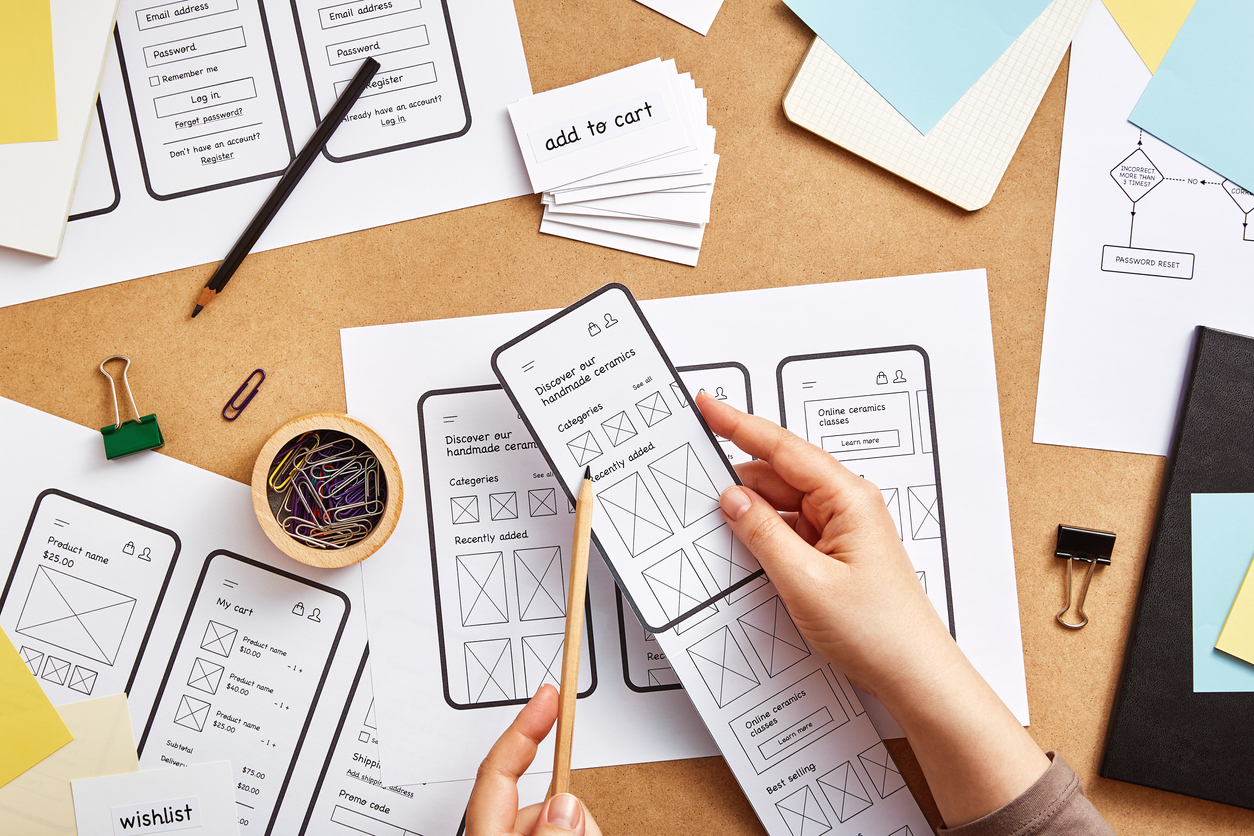Design Thinking Process Case Study
 Aghogho Isiakpere
Aghogho Isiakpere
Design thinking process is an iterative process that involves creating solutions to problems that are user-centered and practical. This enables designers to create products, services and experiences thatare better aligned with the needs and desires of users. Design thinking involves five phases. These include Emphathize, Define, Ideate, Prototype and Test. Design thinking process is an iterative process meaning designers may cycle through these five phase multiple times as they improve their designs based on feedbacks they have gathered.
In 2018, a case study of the New York Times App Redesigning process published in UX collective was carried out by three UX designers and a professor. In this case study, the designers where able to work closely together and bring their expertise to understand the needs and emotions of the users. They noticed that the users of the app are unhappy about somethings they read about (This talks about users emotions). They applied the design thinking process on working in this case study. Understanding the users need is the first phase of the design thinking process (Emphathize). This was done through observations, interviews or other forms of research to gain insights into the User’s experience. The insights gain was used to define the problems they are trying to solve. This phase is the second phase (Define). In this phase they stated the problems which includes: Lack of usage, irrelevant content, users not being happy about what they read etc.
They went further to generate potential solutions by stating the goals of the Redesigning process. This phase is the third phase (Ideate) of the design thinking process. They created a theoretical representation of ideas/solutions to the problems they are trying to solve.
This ideas is discussed in the proposal. They talked about introducing a feature called Timely on the landing page. This timely feature will enable the user to receive notifications at opportune moments throughout a busy day and the notification will assist the user to open Timely and access articles that will take short time to read. The feature is also focused on user by catering for each user based on their interest and habits. This theoretical ideas will be followed by creating a physical representation of the proposal that can range from a simple sketch to a more detailed prototype that can be tested and evaluated. This phase is called the fourth phase (Prototype).
The prototype phase will be followed by the fifth phase (Test) which will require testing the prototype and getting feedbacks from users. These feedbacks is then used to refine and improve the New York Times App. The process of iterating and testing will continue until a final design is developed that meets the users need.
The major things I learned and observed in this case study are: PUTTING USERS FIRST: The designers considered the users need first and worked towards solving their problems rather than comparing to other similar apps.
PROPER USE OF DESIGN THINKING PROCESS:They used the design thinking process to achieve their goals.
INTELLIGENT FEATURE: I observed that they designed an intelligent feature that will cater for each user based on their interest and habits. They ensured that each problems stated was solved by introducing the Timely feature on the landing page of the app. Placing the feature on the landing page of the app will help old users of the app to know that there is a new feature and this feature will be visible to both old and new users of the app.
Subscribe to my newsletter
Read articles from Aghogho Isiakpere directly inside your inbox. Subscribe to the newsletter, and don't miss out.
Written by
